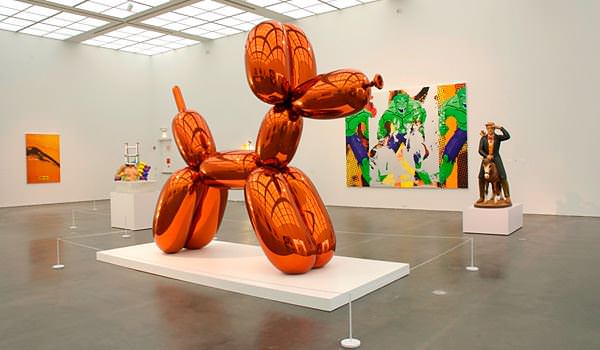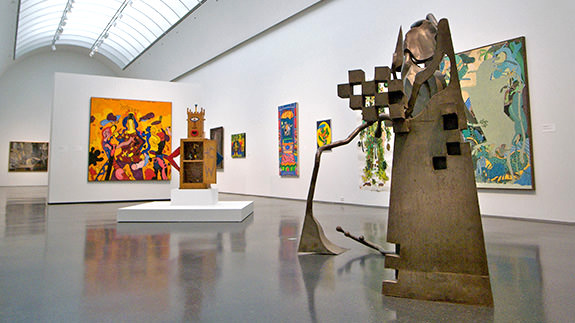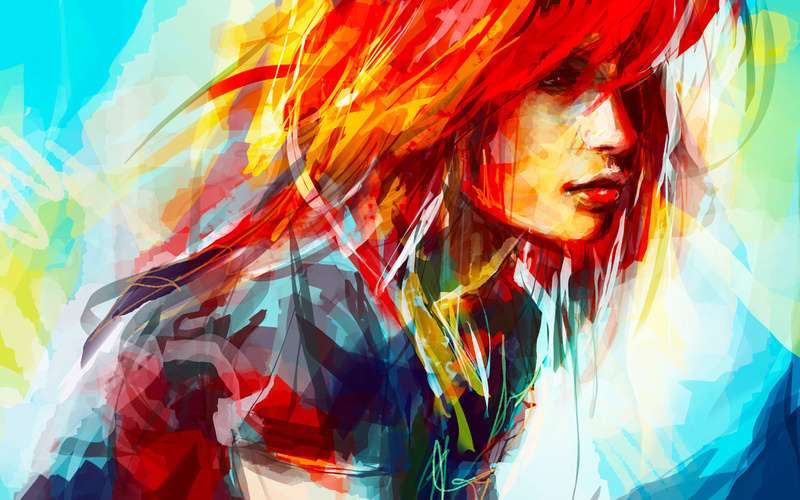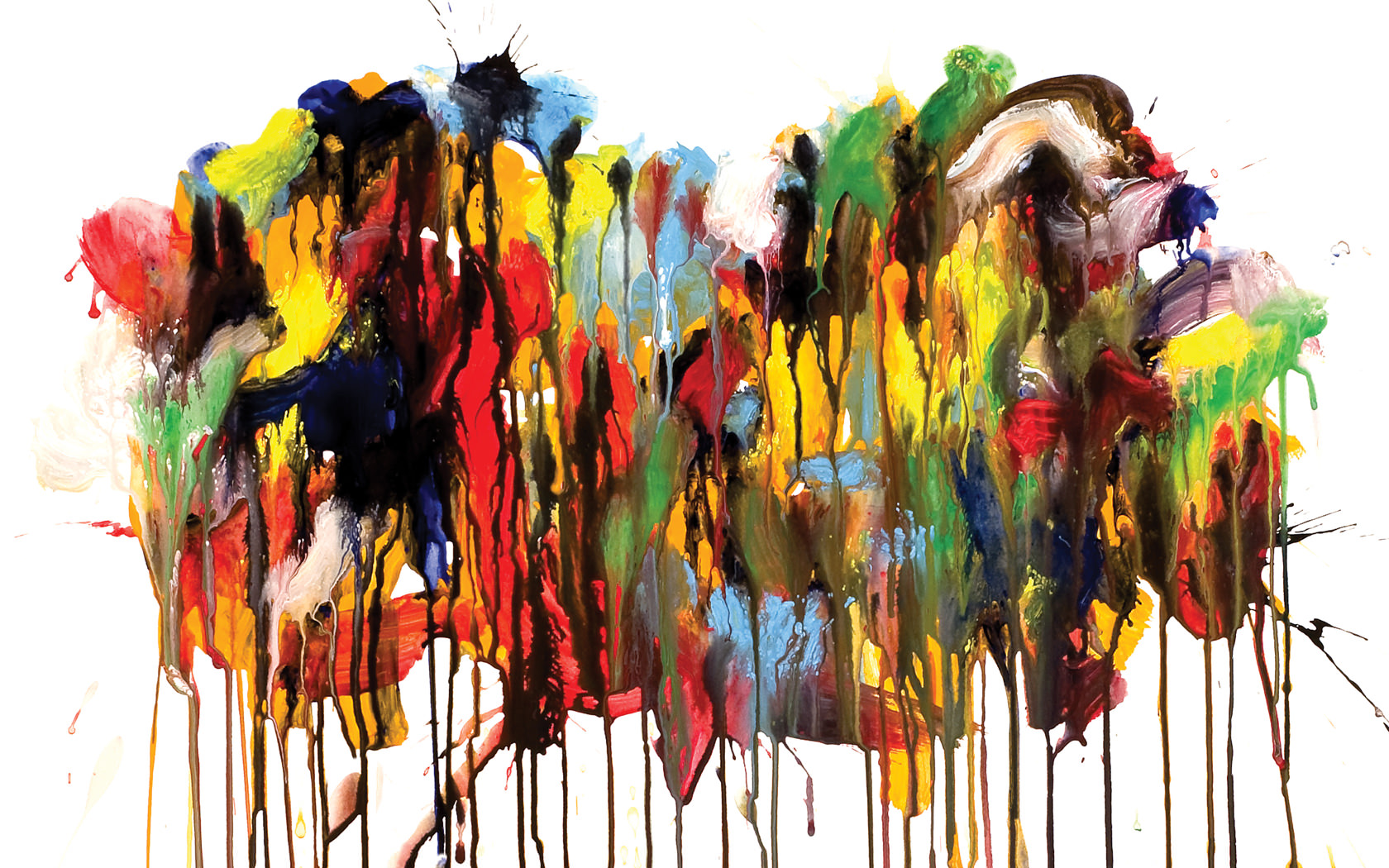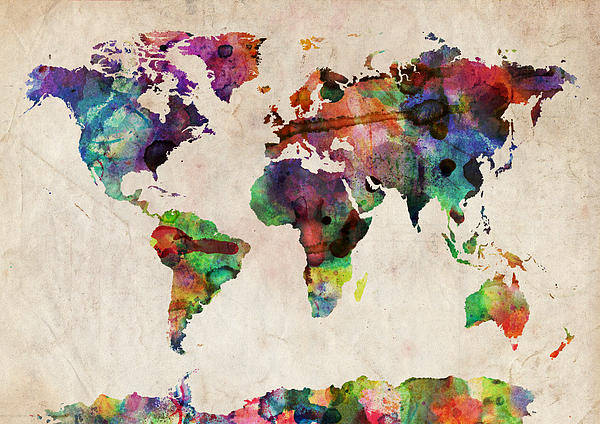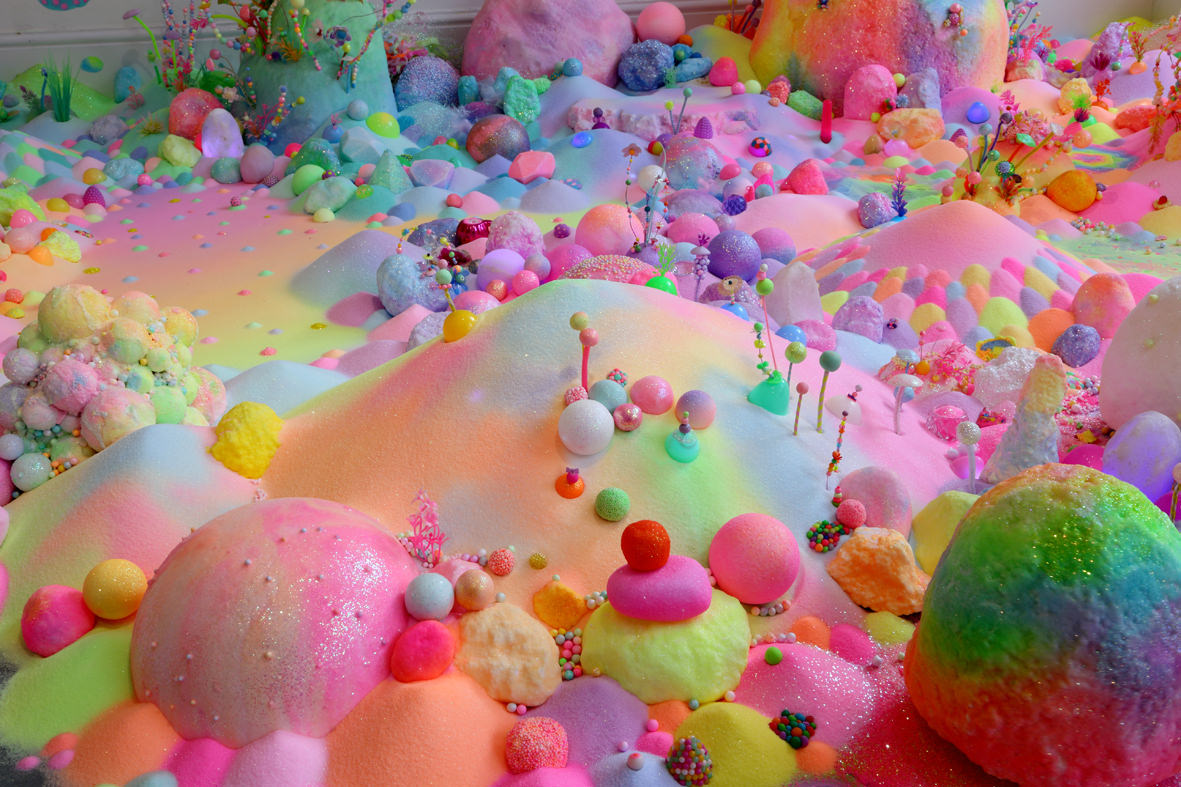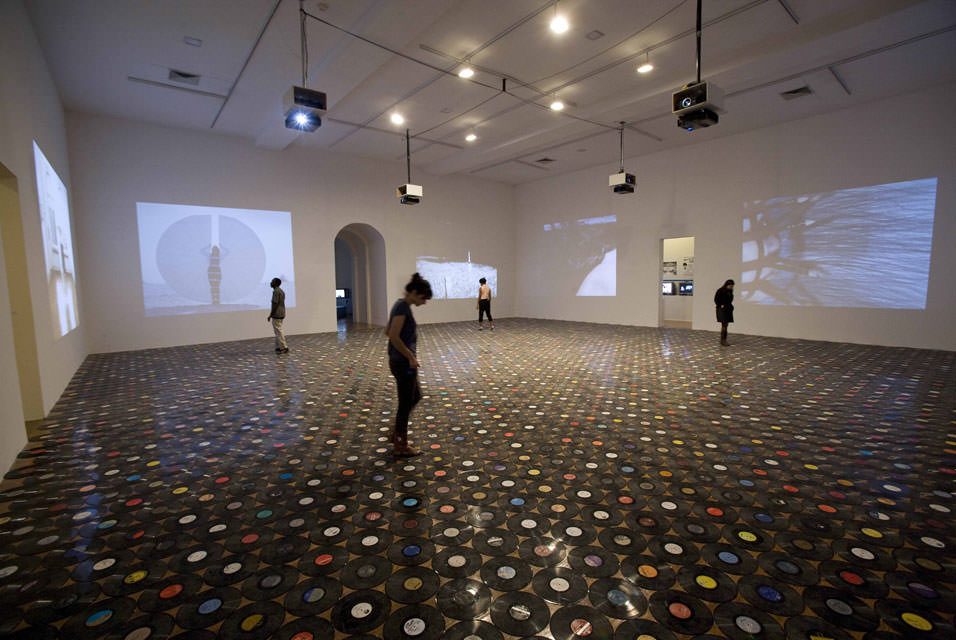The question “What is contemporary art?” is one of the questions that isn’t asked often enough.
Talking about contemporary art is another one of those art definitions we are all supposed to know because you wouldn’t want to ask a “stupid” question at some art world function.
The answer to this question is very simple. Contemporary just means “Art that has been and continues to be created during our lifetimes.” In other words, contemporary to us.
Let’s say if you are old enough (let’s say 96-years old and you are steel reading this), you can expect a certain amount of overlapping between “Contemporary” and “Modern” art in your lifetime.
A good explanation for these is:
Modern Art: Art from the Impressionists (say, around 1880) up until the 1960s or ’70s.
Contemporary Art: Art from the 1960s or ’70s up until this very moment.
In Art History, 1970 is the cut-off point for two reasons. First, because it was around 1970 that the terms “Postmodern” and “Postmodernism” popped up – meaning, that the art had its fill of Modern Art starting right then.
Secondly, 1970 seems to be the last bastion of easily classified artistic movements. If you look at the Modern Art, and compare it to the outline of Contemporary Art, you will notice that there are far less artist and works. This means that Contemporary Art has far more working artists making far more art and means that Contemporary artists are mostly working in “movements” that cannot be classified, due to there being around ten artists in any given “movement”.
While it may be hard to classify emergent movements, Contemporary art, is much more socially conscious than any previous era. A whole lot of art from the last 30 years has been connected with one issue or another: feminism, multiculturalism, globalization, bio-engineering and AIDS awareness all come readily to mind as subject matter.
So, this is the simple answer. Contemporary art is the art that runs from (roughly) 1970 until now.

